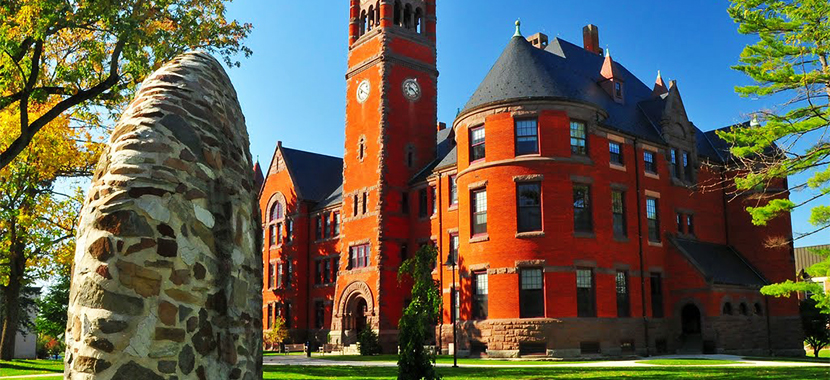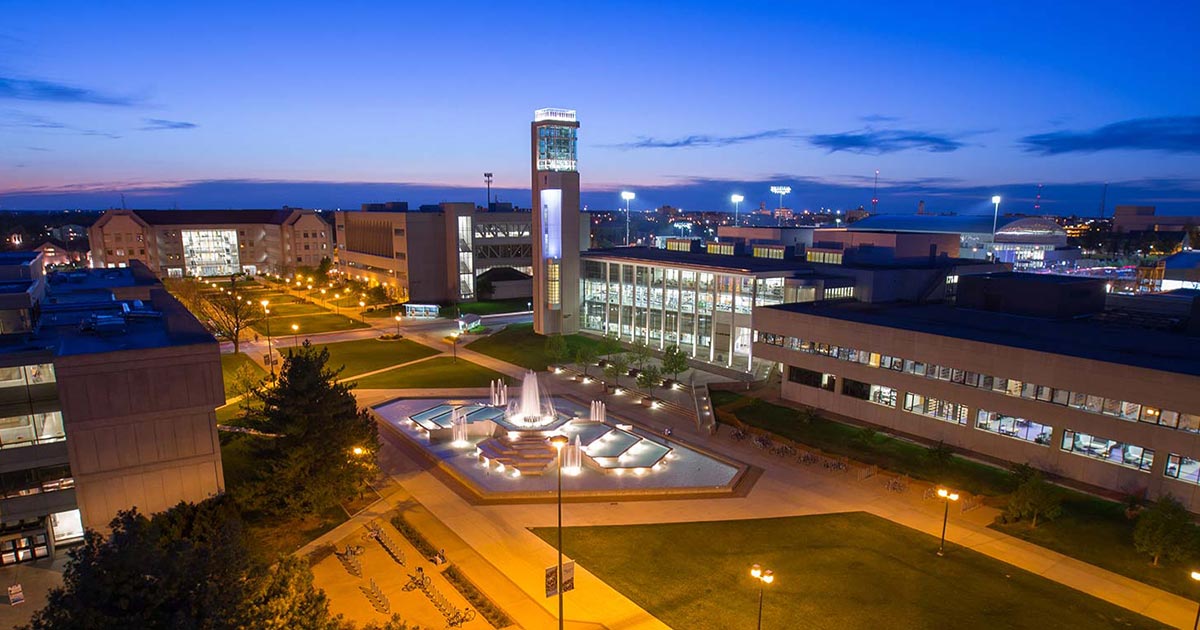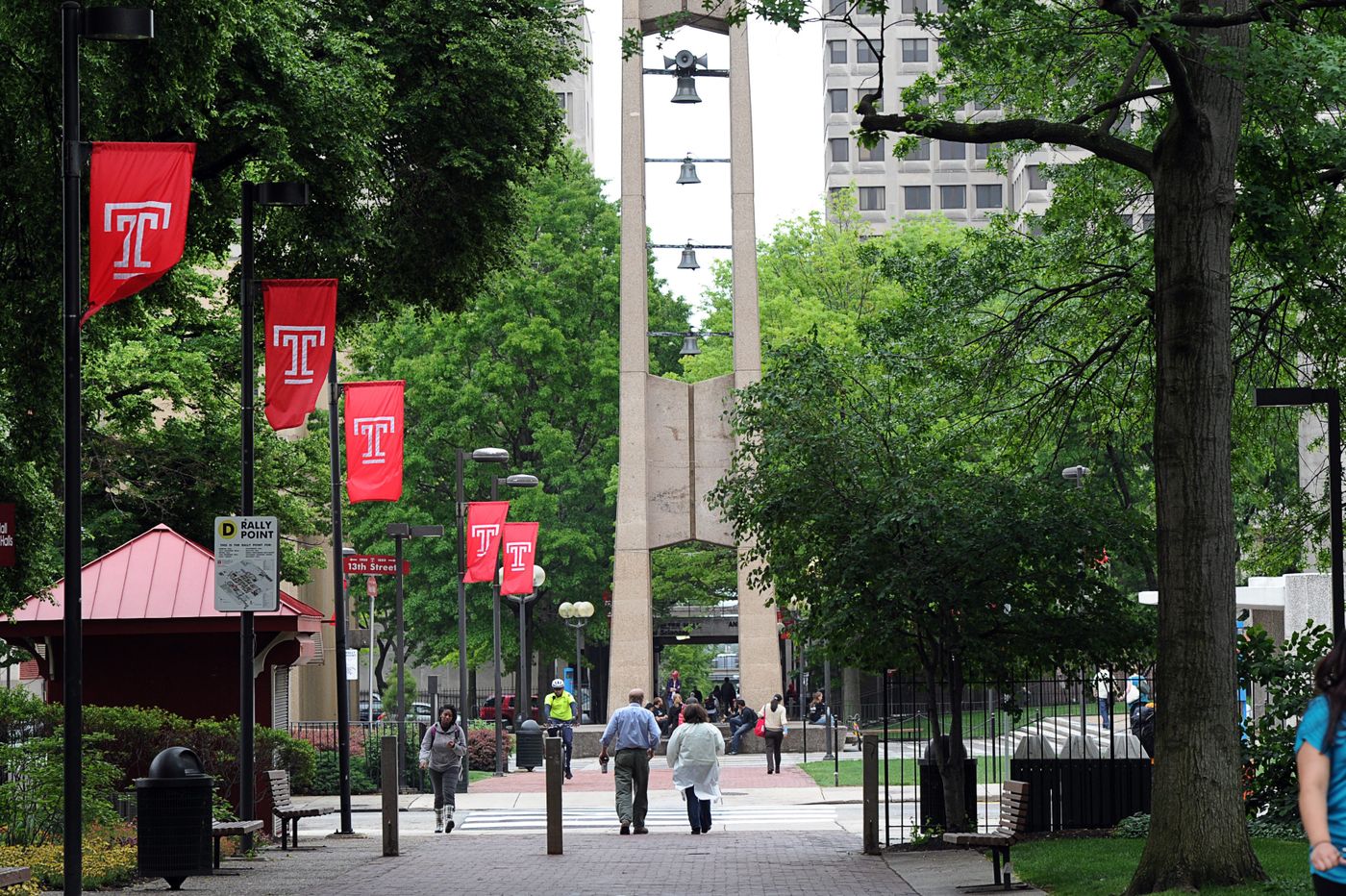Everyone in higher education wants to make decisions based on evidence and logic. We also have a desire to improve our student experience, from investing in food services to peer mentoring, most investments are student-centric. However, few tools give the appropriate first-party data to improve the student experience in a way that is customized for our campuses. Enter Student Journey Mapping. While the process of journey mapping is certainly not unique to higher education, we do have a unique lens, as our students (in my somewhat controversial opinion) are both our customer and our product. It is critical to understand their journey in order to improve the experiences they live. Having performed journey mapping exercises across a dozen campuses, I was very interested to explore how this process has evolved in other colleges and universities. To do so, I’ve canvassed the higher education community and interviewed leaders in this area who have implemented elements of journey mapping on their campuses. Article Contributors:
- Paul Redfern, Vice President for Communications, St. Lawrence University
- Stacey Funderburk, Director of Publications, Missouri State University
- Joe Winton, Director of Web & Digital Strategy, University Marketing & Communications, University of Nevada, Las Vegas
- Joseph J. Master, Executive Director, Marketing & Digital Strategy, University Communications, Drexel University
- Meg Frisch, Associate Director, Digital Strategy, Strategic Marketing and Communications, Temple University
While working with these talented individuals, a few themes emerged as constants through each campus that are consistent with my experiences and thoughts on the future of Student Journey Mapping:
- It can be one of the best ways to shift internal process to become student-centric.
- It fosters the growth of experience-based research within institutional decision making
- It improves communication across campus through sharing the results
- It allows administrators to better understand student experiences in a quantitatively representative sample size while nuancing the results with qualitative data.













